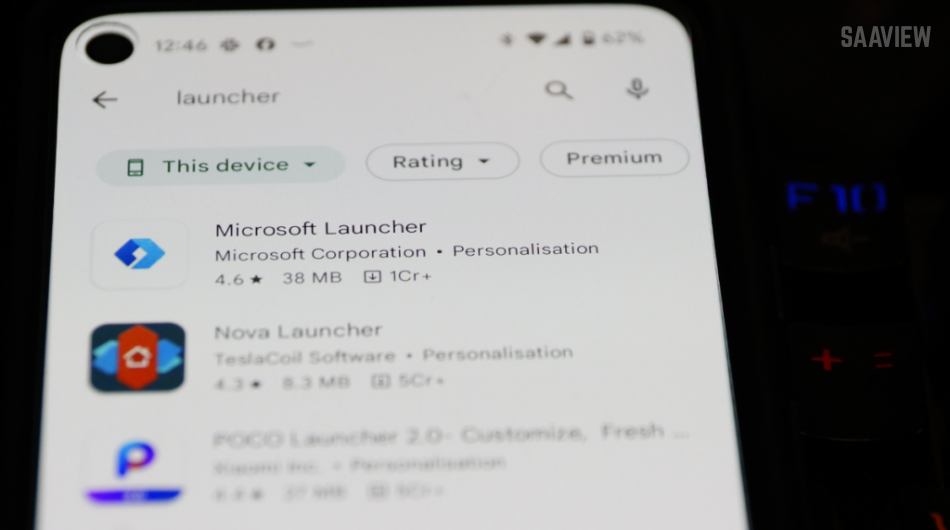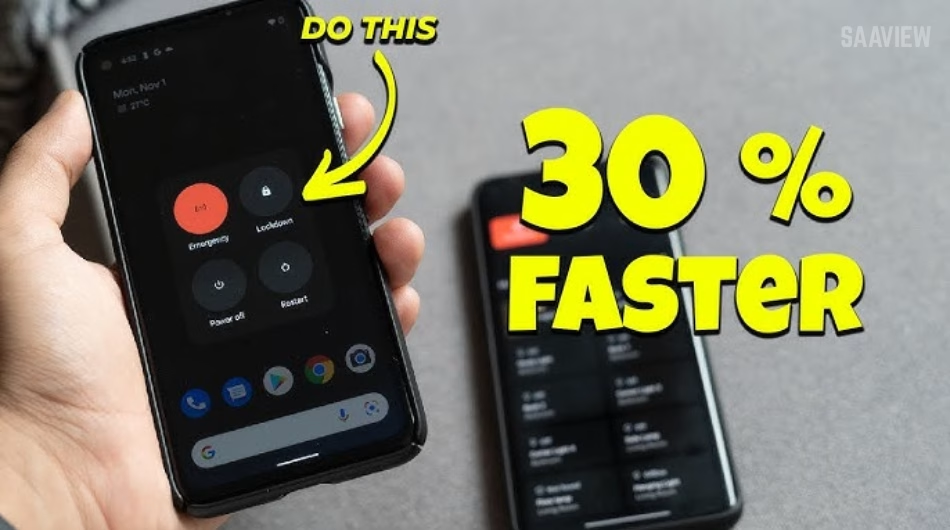Is your Android phone lagging, freezing, or taking forever to load apps? You don’t need to install an app to fix it. In this guide, we’ll show you how to speed up your Android device using built-in features and simple settings—no third-party apps required.

1. Clear Cached Data
Go to Settings > Storage > Cached Data and clear it. Cached files can slow down performance over time.
Learn more from Google’s official Android Help.
2. Disable or Uninstall Unused Apps
Unused apps consume memory and battery in the background. Go to:
Settings > Apps > Installed Apps
Tap on unused apps > Uninstall or Disable
3. Reduce Animations
Animations look nice, but they eat up processing power. To disable them:
-
Enable Developer Options
-
Go to
Settings > System > Developer Options -
Set Window animation scale, Transition animation scale, and Animator duration scale to 0.5x or off
4. Free Up Storage
Keep at least 20% free space on your internal storage. Delete old files, videos, and photos. Move data to an SD card or cloud storage (like Google Drive).
5. Restart Your Phone Weekly
A simple restart clears temporary memory (RAM) and resets system processes.
6. Turn Off Background Processes
Use built-in options to stop apps from running in the background:
Go to Settings > Battery > Background Usage Limits
Restrict unnecessary apps
7. Update Your Phone Software
Older software can cause lag. Go to:
Settings > System > Software Update
Always use the latest official Android version.
Visit Android Central for more updates and tips.
Conclusion
Improving your phone’s performance doesn’t always require apps or tech skills. With a few smart settings changes and good habits, your Android device can feel brand new again.



